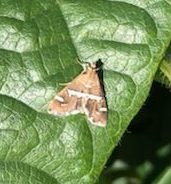
Beet webworm adult (Photo by Greg Kauter)
Beet webworm (Spoladea recurvalis) moths are being seen in huge numbers in mungbean crops at present. The moths are brown with white bands across the wings, and rest with their wings swept back.
Those familiar with bean podborer (Maruca vitrata) will see the similarities between the two moths – both small brown moths that move readily when disturbed. At rest, bean podborer moths hold their wings outspread and the front of their body slightly raised.
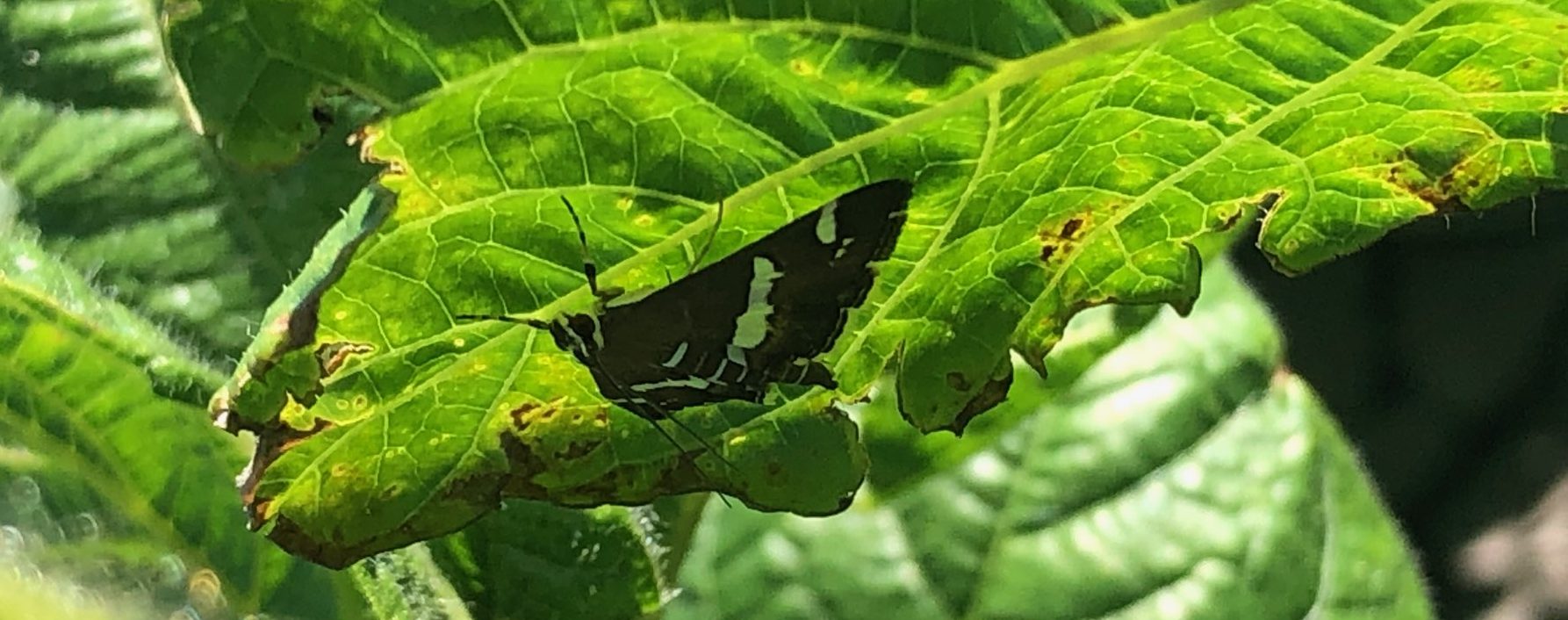
Beet webworm moth on mungbean (Photo by Belinda Chase)
The hindwing of beet webworm is brown, distinguishing it from the bean podborer, which has a predominantly pale hindwing.
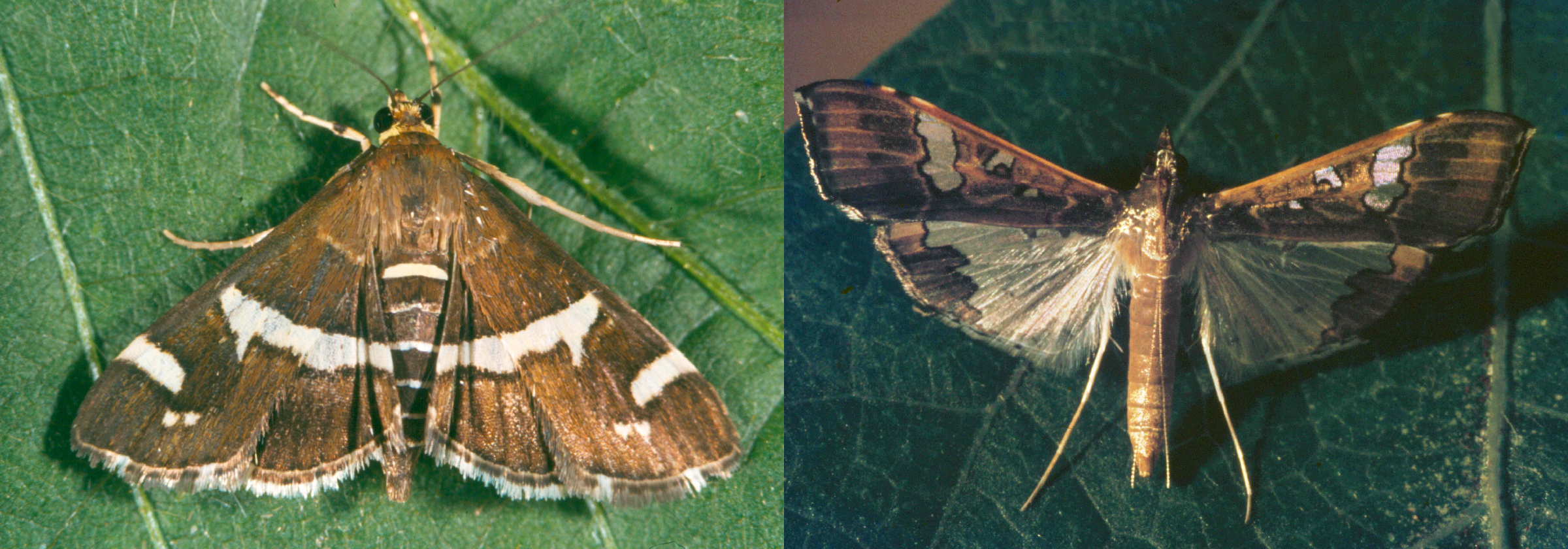
Beet webworm moth (left) compared with bean podborer moth (Photos by Joe Wessels)
Beet webworm larvae feed on a range of weed hosts including pigweed, sesbania, amaranth and possibly native and pasture legume species. Clearly recent rain has provided abundant hosts.
Larvae are a translucent green with white striping along the body and grow to about 2cm long. They ‘window’ leaves and weave a protective webbing. Pupae are light brown and about 1cm long.
Beet webworm larvae showing windowing damage and webbing on silverbeet, and a pupal case (Photos by Tonia Grundy)
Pulse entomologist Hugh Brier reports that while he has never seen a damaging infestation of beet webworm in mungbeans, it would be prudent to keep an eye out for any evidence of webbing on buds, flowers and pods given the very high activity being observed this season.
More information:
- See the moths in-crop (footage taken by Greg Kauter)
- Read our Beatsheet article on bean podborer
- Watch a beet webworm larvae start to weave its webbing

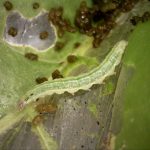
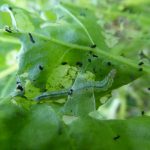
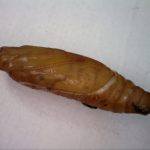
We’ve got a plague of weed web moths chewing its way through every early sown canola plant in the south, green bridge from rain a while ago giving a few host plants for them to choose from until the canola germinated